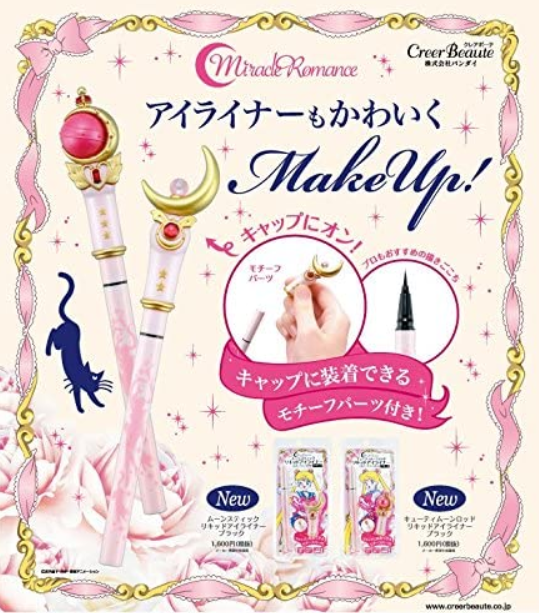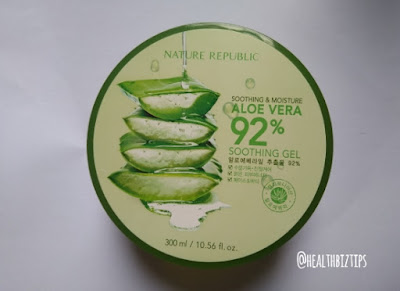14 Things You should Do if someone is Bitten by a Snake
Snake Bite Survival Guide & First Aid Treatment - Healthbiztips
@healthbiztips by Arlene Gentallan
So what do you do when you, someone you love, your beloved dog, or a stranger gets bitten by a snake? Stare?
You may now always encounter snake bite scenarios but it pays to know what to do in cases of emergency. Knowing how to handle snake bite can be a life saving tool.
1. Move the victim and yourself away from the snake. Safety comes first. You don't want another snake bite to worry about.
2. Make a mental note of the appearance of the snake (eg. shape of head, shape of pupil, color of the snake). It's important that you remember what the snake looks like because it will be asked by a medical personnel to be able to determine the right kind of anti-venom to treat the bite.
3. Do not attempt to catch the snake. You're risking your safety if you are untrained. If possible, take a picture of the snake instead.
4. Keep the victim calm. Reassure him that everything will be okay and he will receive proper treatment. Don't panic!
5. Locate the snake's fang mark. It may be a single mark, double, or multiple. Check on the snake bite. If it begins to swell, change color, bleed, becomes painful or gangrenous, it may be a sign that venom has been injected by the snake. Take note that if there's no visible changes on the fang mark site of the snake, it's not a guarantee that the snake bite does not contain venom.
6. Remove restrictive items like ring, bracelet, watch, or clothing on the affected area. The snake bite site may swell so you don't want these items hanging there.
7. Place the bitten limb below the level of the heart to slow down the spread of the venom.
8. Restrict movement of the bitten limb. Immobilize the area (eg. use splint) if the person needs to be moved to slow down the spread of venom.
9. Do not make a cut on the bitten area and attempt to suck out the venom. Chances are, you'll get poison yourself if you do this.
10. Do not place tourniquet, compression bandage or tie a rope or anything above the bitten site in an attempt to prevent the poison from spreading through the body. This may cause further damage in the area and lead to amputation.
11. Do not apply cold compress or ice on the snake bite site. This will constrict blood vessel on the area and increase the damage of the venom on it.
12. Call for help immediately. If you're in the United States, call 911 or Poison Control Center (1-800-222-1222).
13. Rush the victim to the emergency room as soon as possible, especially if the bite is venomous. It's crucial the victim gets the right antidote and proper treatment to save her life.
14. If your dog, cat, or pet is the victim of snake bite, rush immediately to the nearest veterinarian or veterinary hospital.
@healthbiztips by Arlene Gentallan
So what do you do when you, someone you love, your beloved dog, or a stranger gets bitten by a snake? Stare?
You may now always encounter snake bite scenarios but it pays to know what to do in cases of emergency. Knowing how to handle snake bite can be a life saving tool.
1. Move the victim and yourself away from the snake. Safety comes first. You don't want another snake bite to worry about.
2. Make a mental note of the appearance of the snake (eg. shape of head, shape of pupil, color of the snake). It's important that you remember what the snake looks like because it will be asked by a medical personnel to be able to determine the right kind of anti-venom to treat the bite.
3. Do not attempt to catch the snake. You're risking your safety if you are untrained. If possible, take a picture of the snake instead.
4. Keep the victim calm. Reassure him that everything will be okay and he will receive proper treatment. Don't panic!
5. Locate the snake's fang mark. It may be a single mark, double, or multiple. Check on the snake bite. If it begins to swell, change color, bleed, becomes painful or gangrenous, it may be a sign that venom has been injected by the snake. Take note that if there's no visible changes on the fang mark site of the snake, it's not a guarantee that the snake bite does not contain venom.
6. Remove restrictive items like ring, bracelet, watch, or clothing on the affected area. The snake bite site may swell so you don't want these items hanging there.
7. Place the bitten limb below the level of the heart to slow down the spread of the venom.
8. Restrict movement of the bitten limb. Immobilize the area (eg. use splint) if the person needs to be moved to slow down the spread of venom.
9. Do not make a cut on the bitten area and attempt to suck out the venom. Chances are, you'll get poison yourself if you do this.
10. Do not place tourniquet, compression bandage or tie a rope or anything above the bitten site in an attempt to prevent the poison from spreading through the body. This may cause further damage in the area and lead to amputation.
11. Do not apply cold compress or ice on the snake bite site. This will constrict blood vessel on the area and increase the damage of the venom on it.
12. Call for help immediately. If you're in the United States, call 911 or Poison Control Center (1-800-222-1222).
13. Rush the victim to the emergency room as soon as possible, especially if the bite is venomous. It's crucial the victim gets the right antidote and proper treatment to save her life.
14. If your dog, cat, or pet is the victim of snake bite, rush immediately to the nearest veterinarian or veterinary hospital.







